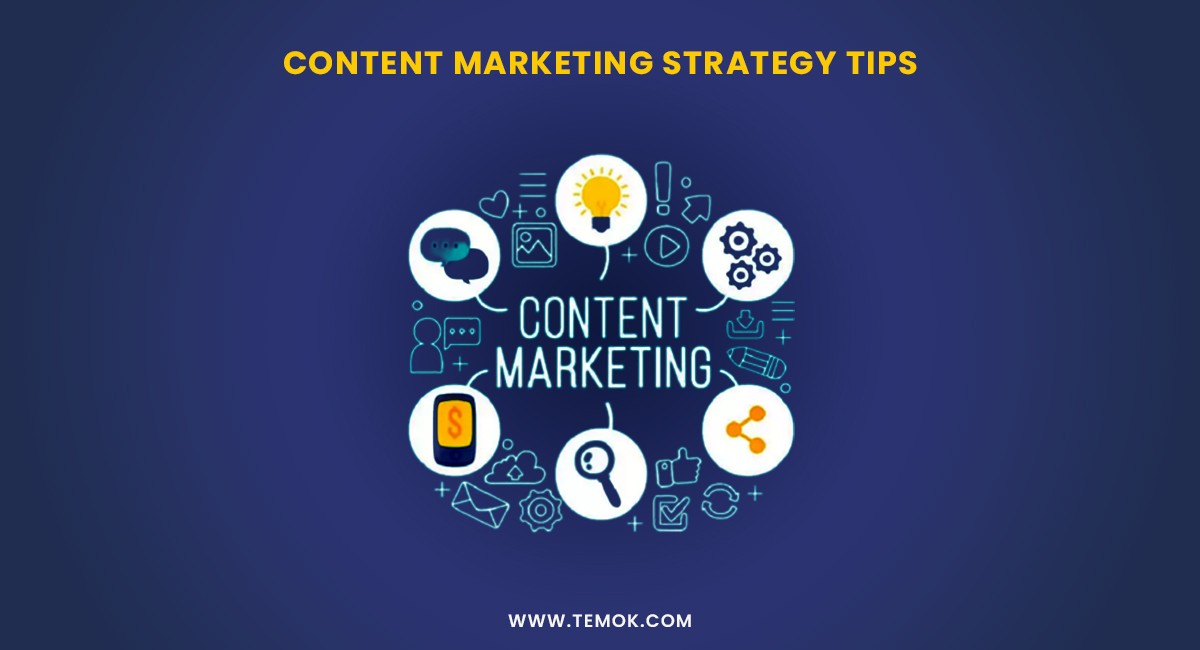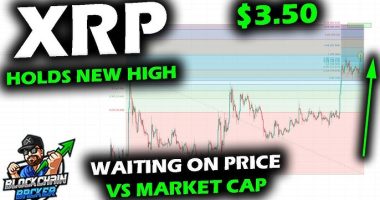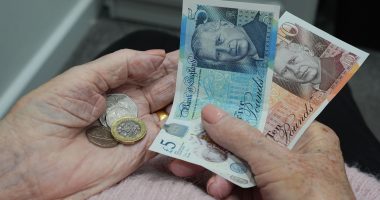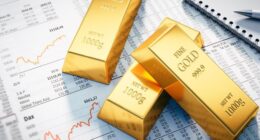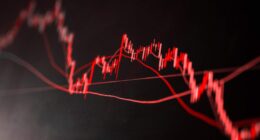In a bold prediction that has sent ripples through the financial world, global banking giant HSBC has projected that gold could surge to an unprecedented US$5,000 per ounce by the first half of 2026. This forecast, detailed in a recent research note, points to a potent cocktail of geopolitical instability, shifting monetary policies, and a new wave of market participants as the primary catalysts for the continued bull run.
The timing of this prediction is significant. Gold recently demonstrated its strength by breaching the $4,300 mark and is on track for its most impressive weekly performance since the height of the 2008 financial crisis. This isn’t a fleeting spike but part of a sustained upward trajectory.
Deconstructing the Drivers of the Gold Boom
HSBC analysts attribute the metal’s resilience to several interconnected factors:
-
Geopolitical Turmoil and Economic Uncertainty: In times of global instability, investors traditionally flock to safe-haven assets. Ongoing conflicts and trade tensions have created a “risk-off” environment, perfectly positioning gold as a store of value. As noted by the World Gold Council in their latest market report, this trend of “heightened geopolitical risk” is a dominant force driving central bank and institutional demand.
-
Central Bank Buying Spree: A cornerstone of the current rally has been the relentless accumulation of gold by central banks worldwide. Nations seeking to diversify their reserves away from the US dollar have been net buyers for over a decade. This institutional demand creates a solid price floor and absorbs supply.
-
The Anticipation of U.S. Rate Cuts: The interest rate environment is a critical driver for gold. As markets begin to price in potential interest rate cuts from the Federal Reserve, the opportunity cost of holding non-yielding assets like gold diminishes. This makes the metal significantly more attractive to investors. For a deeper understanding of this dynamic, Reuters’ macroeconomics coverage often provides excellent analysis on how Fed policy shifts impact commodity markets.
-
The Influence of New Market Entrants: HSBC specifically highlights the impact of new players entering the gold market. This includes retail investors in emerging economies and sophisticated funds using new financial instruments, adding fresh volatility and momentum that can amplify price moves.
A Perfect Storm for a Record High
“The bull market is likely to continue to press prices higher for the first half of 2026,” the HSBC note stated, confidently suggesting that the $5,000 threshold is a plausible target. The bank further elaborated that the sharp price appreciation expected in late 2025, combined with these “heightened risks,” sets the stage for prices to not only remain elevated but to potentially spike even further through early 2026.
While predictions of this magnitude always carry an element of speculation, the convergence of these powerful factors makes a compelling case for gold’s enduring allure in a turbulent global economy. Investors and market watchers will be closely monitoring these drivers as the march toward $5,000 begins.



